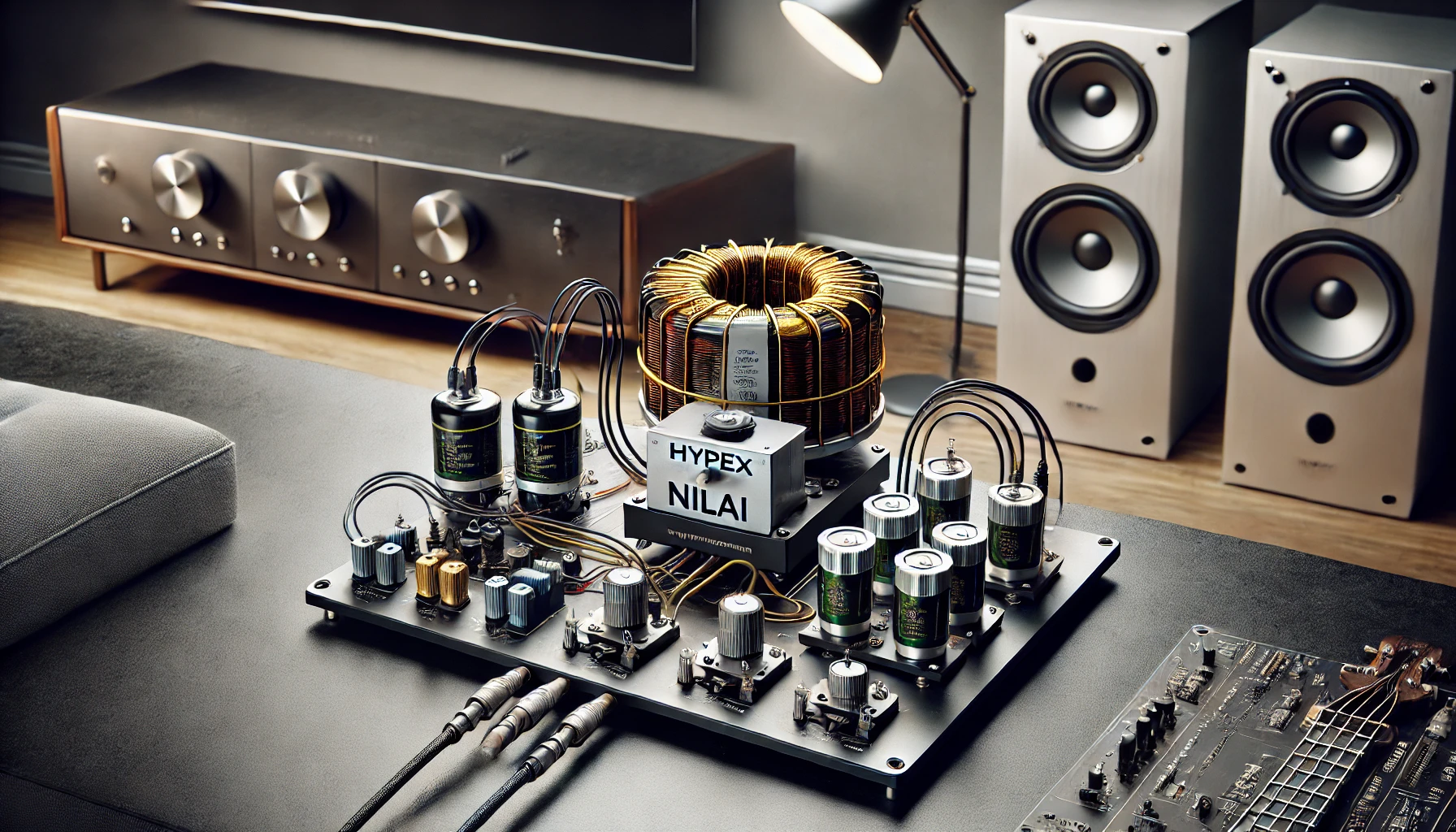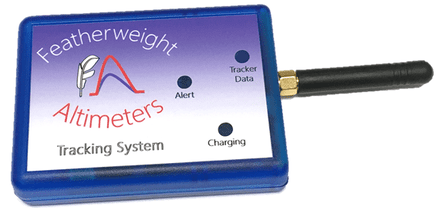In the rapidly evolving world of image processing, Histoblur has emerged as a groundbreaking technique, offering a unique blend of clarity and precision that traditional methods often fail to deliver. As images become more central to communication, entertainment, and even security, the demand for advanced processing tools like this has surged. But what exactly is this, and why is it generating so much buzz in the tech community?
Introduction to Histoblur
Histoblur is an advanced image processing technique that selectively blurs certain areas of an image while enhancing others. Unlike traditional blurring methods that apply a uniform effect across an entire image, it can intelligently differentiates between areas of interest and background noise, ensuring that important details remain sharp and clear. This selective blurring technique is particularly useful in fields like medical imaging, photography, and security, where clarity and focus are paramount.
You may also read: naiveproxy openwrt 客户端无法上网: An understanding
The Evolution of Image Processing Techniques
From Simple Filters to Advanced Algorithms
The journey of image processing has been nothing short of revolutionary. Early methods relied on basic filters that could only apply rudimentary effects like smoothing or sharpening. However, as technology progressed, so did the complexity of these algorithms. Techniques like Gaussian blur and edge detection paved the way for more sophisticated methods like Histoblur, which can analyze the content of an image in real-time and apply blurring with surgical precision.
Understanding Histoblur: A Deep Dive
The Concept Behind it
At its core, operates on the principle of histogram equalization, a technique used to improve the contrast of an image. By analyzing the intensity distribution of an image’s pixels, it can determine which areas need to be highlighted and which can be blurred without losing critical information. This approach ensures that the final image retains its essential features while reducing unwanted noise and distractions.
How Histoblur Works
Technical Breakdown
The process of applying it begins with the segmentation of an image into different regions based on pixel intensity and color gradients. Once the segmentation is complete, the algorithm applies varying degrees of blur to each region, with more significant blurring applied to less critical areas. This selective approach is what sets apart from other blurring techniques, allowing it to enhance the overall quality of the image while preserving important details.
Applications of Histoblur in Modern Imaging
Medical Imaging, Photography, and Security
Histoblur’s versatility makes it applicable across a wide range of industries. for medical imaging, it can help doctors focus on specific areas of interest, improving the accuracy of diagnoses. Wfhile in photography, it allows for the creation of professional-grade images by blurring backgrounds while keeping the subject in sharp focus. In the realm of security and surveillance, this tool enhances image clarity, making it easier to identify potential threats.
Histoblur vs. Traditional Blurring Techniques
Comparing Effectiveness and Precision
When compared to traditional blurring methods, Histoblur offers several advantages. Traditional techniques often sacrifice image detail for the sake of reducing noise, leading to a loss of important information. this, on the other hand, maintains the integrity of the image by selectively applying blur only where it is needed. This results in a clearer, more accurate image that retains all critical details.
Advantages of Using Histoblur
Enhanced Clarity, Noise Reduction, and More
One of the most significant benefits of this tool is its ability to enhance image clarity while simultaneously reducing noise. This dual functionality is particularly valuable in environments where image quality is critical, such as in medical imaging or security. Additionally, Histoblur’s selective approach means that it can be tailored to specific needs, allowing users to achieve the perfect balance between focus and blur.
Histoblur in Medical Imaging
Improving Diagnosis and Treatment Planning
Medical imaging is one of the fields where Histoblur truly shines. By enhancing the clarity of specific areas within an image, this helps doctors and medical professionals make more accurate diagnoses. Whether it’s highlighting a tumor in an MRI scan or improving the visibility of blood vessels in an X-ray, this ensures that critical details are never lost, ultimately leading to better patient outcomes.
Photographic Enhancements with Histoblur
Creating Artistic and Professional-Grade Images
In photography, the ability to control focus and blur is essential for creating striking images. this tool allows photographers to blur backgrounds while keeping the subject in sharp focus, creating a depth-of-field effect that adds a professional touch to any photo. This technique is particularly popular in portrait photography, where the subject’s face is the focal point, and the background is intentionally blurred to draw attention to the subject.
Histoblur in Security and Surveillance
Enhancing Image Clarity for Better Identification
Security and surveillance systems rely heavily on image clarity to identify potential threats. Tool enhances the quality of surveillance footage by selectively blurring less important areas, such as the background, while keeping critical details, like faces or license plates, in sharp focus. This improved clarity makes it easier for security personnel to identify suspects and take appropriate action.
Histoblur in Video Processing
Smoothing and Sharpening Frames
Video processing is another area where Histoblur has made significant strides. By applying selective blurring to individual frames, Histoblur can smooth out motion and reduce noise, resulting in cleaner, more professional-looking videos. This technique is particularly useful in fields like film production and video editing, where the quality of the final product is paramount.
Future Prospects of Histoblur
Innovations and Emerging Trends
As with any technology, the future of Histoblur is full of potential. Emerging trends in artificial intelligence and machine learning are expected to play a significant role in the continued development of Histoblur. By incorporating AI-driven algorithms, Histoblur could become even more precise, automatically adjusting its settings based on the content of the image or video being processed.
Challenges in Implementing Histoblur
Technical Limitations and Solutions
Despite its many advantages, implementing Histoblur is not without its challenges. The technique requires significant computational power, which can be a limiting factor for some users. Additionally, the complexity of the algorithm means that it can be challenging to integrate Histoblur into existing workflows. However, ongoing advancements in hardware and software are expected to address these issues, making Histoblur more accessible to a broader audience.
The Science Behind Histoblur
Mathematical Models and Algorithms
At the heart of Histoblur are complex mathematical models and algorithms designed to analyze and process images at a pixel level. These models are based on principles of statistics and probability, which allow Histoblur to make intelligent decisions about where and how much to blur. Understanding these underlying concepts is key to mastering the use of Histoblur and unlocking its full potential.
Histoblur in Real-Time Applications
Balancing Speed and Accuracy
One of the most exciting applications of Histoblur is in real-time image processing. Whether it’s live video feeds from security cameras or real-time medical imaging during surgery, Histoblur’s ability to quickly and accurately process images is invaluable. However, balancing speed and accuracy remains a challenge, as real-time applications require instantaneous processing without sacrificing image quality.
Case Studies: Histoblur in Action
Success Stories from Various Industries
To fully appreciate the impact of Histoblur, it’s helpful to look at real-world examples of its use. In the medical field, Histoblur has been credited with improving the accuracy of diagnoses in several high-profile cases. In the realm of security, Histoblur has been used to enhance surveillance footage, leading to the successful identification and apprehension of suspects. These case studies highlight the versatility and effectiveness of Histoblur across different industries.
How to Implement Histoblur in Your Projects
Tools and Software Recommendations
For those looking to incorporate Histoblur into their own projects, several tools and software packages are available. Whether you’re working in medical imaging, photography, or security, there are options to suit your needs. Popular choices include software like Adobe Photoshop for image editing and specialized tools like MATLAB for more complex image processing tasks. Each of these tools offers unique features that can help you get the most out of Histoblur.
Best Practices for Using Histoblur
Tips and Tricks for Optimal Results
To achieve the best results with Histoblur, it’s essential to follow a few best practices. First, always start with a high-quality image, as Histoblur can only enhance what is already there. Second, be mindful of the level of blur applied—too much can obscure important details, while too little may not have the desired effect. Finally, take the time to experiment with different settings and techniques to find what works best for your specific application.
Histoblur in Artificial Intelligence
Enhancing Machine Learning Models
Artificial intelligence and machine learning are increasingly being used to enhance image processing techniques, and Histoblur is no exception. By integrating Histoblur with AI-driven models, it’s possible to achieve even greater levels of precision and accuracy. This combination is particularly powerful in fields like medical imaging, where machine learning can help automate the detection of abnormalities, while Histoblur enhances the clarity of the images being analyzed.
Histoblur and Data Privacy
Ensuring Secure Image Processing
As image processing techniques become more advanced, concerns about data privacy have grown. Histoblur offers a unique solution to these concerns by allowing for the selective blurring of sensitive information within an image. This capability is particularly valuable in fields like security and law enforcement, where protecting the privacy of individuals is paramount. By using Histoblur, organizations can ensure that sensitive data is kept secure while still achieving the desired level of image clarity.
Ethical Considerations in Using Histoblur
Balancing Technology and Privacy Rights
The use of advanced image processing techniques like Histoblur raises important ethical questions. While the technology offers significant benefits, it also has the potential to be misused. For example, the ability to selectively blur parts of an image. This could be used to obscure evidence or manipulate the truth. As such, it’s essential to consider the ethical implications. Of using Histo and to ensure that it is used responsibly and transparently.
Comparative Analysis: Histoblur and Other Image Processing Tools
Strengths and Weaknesses
When comparing Histoblur to other image processing tools, several key differences emerge. While this excels in its ability to selectively blur and enhance images, other tools may offer more robust features for specific applications. For example, tools like Adobe Lightroom are better suited for general photo editing, while specialized software like 3D Slicer may offer more advanced capabilities for medical imaging. Understanding the strengths and weaknesses of each tool is crucial for choosing the right one for your needs.
User Experiences with Histoblur
Testimonials and Reviews
User feedback is an invaluable resource for understanding the real-world effectiveness of tool. Many users have praised the technique for its ability to enhance image clarity without sacrificing important details. Photographers, in particular, have noted how Histo allows them to achieve a professional look with minimal effort. However, some users have also pointed out the steep learning curve associated with mastering the technique, highlighting the importance of proper training and practice.
The Role of Histoblur in the Creative Industry
Applications in Digital Art and Design
In the creative industry, the tool has found a niche among digital artists and designers who value its ability to add depth and focus to their work. Whether it’s creating a striking portrait or designing an intricate piece of digital art, the tool offers a powerful toolset for enhancing visual appeal. By selectively blurring background elements, artists can draw attention to the focal points of their work, creating a more engaging and visually compelling final product.
FAQs about Histoblur
What is Histoblur?
Histoblur is an advanced image processing technique that selectively blurs specific areas of an image while enhancing others, resulting in a clearer and more focused final product.
How does Histoblur differ from traditional blurring techniques?
Unlike traditional blurring methods that apply a uniform effect across an entire image, this selectively blurs only certain areas, preserving important details and enhancing overall image quality.
What are the applications of Histoblur?
The tool is used in various fields, including medical imaging, photography, security, and video processing, where clarity and focus are critical.
Can Histoblur be used in real-time applications?
Yes, this tool can be applied in real-time applications, such as live video feeds and real-time medical imaging, although balancing speed and accuracy remains a challenge.
What tools are available for implementing Histoblur?
Several tools and software packages support this, including Adobe Photoshop for image editing and MATLAB for complex image processing tasks.
What are the ethical considerations ?
The selective blurring capabilities of tool raise ethical concerns, particularly regarding the potential for misuse, such as manipulating images or obscuring evidence. It’s important to use this technology responsibly.
Conclusion
Histoblur represents a significant advancement in the field of image processing. Offering unparalleled clarity and precision. Whether in medical imaging, photography, or security. Histoblur’s ability to selectively enhance and blur images has made it an invaluable tool. As technology continues to evolve, the applications of tool are likely to expand. This offering even greater benefits across a wide range of industries. However, with these advancements come new challenges and ethical considerations. Making it essential to approach the use of Histo with both caution and responsibility.




